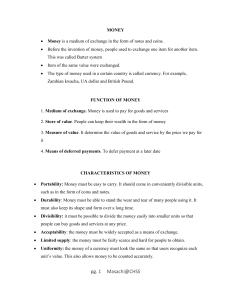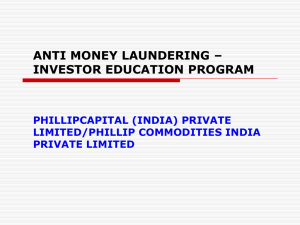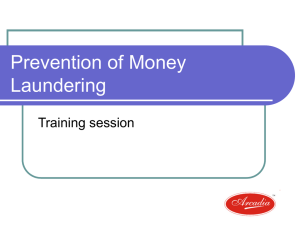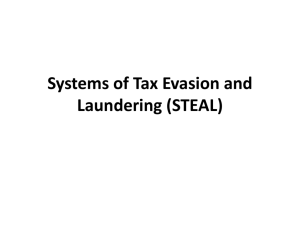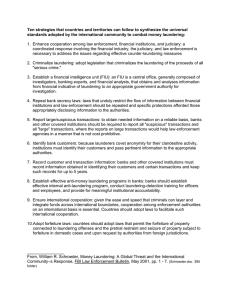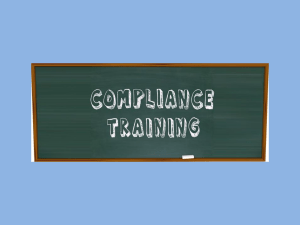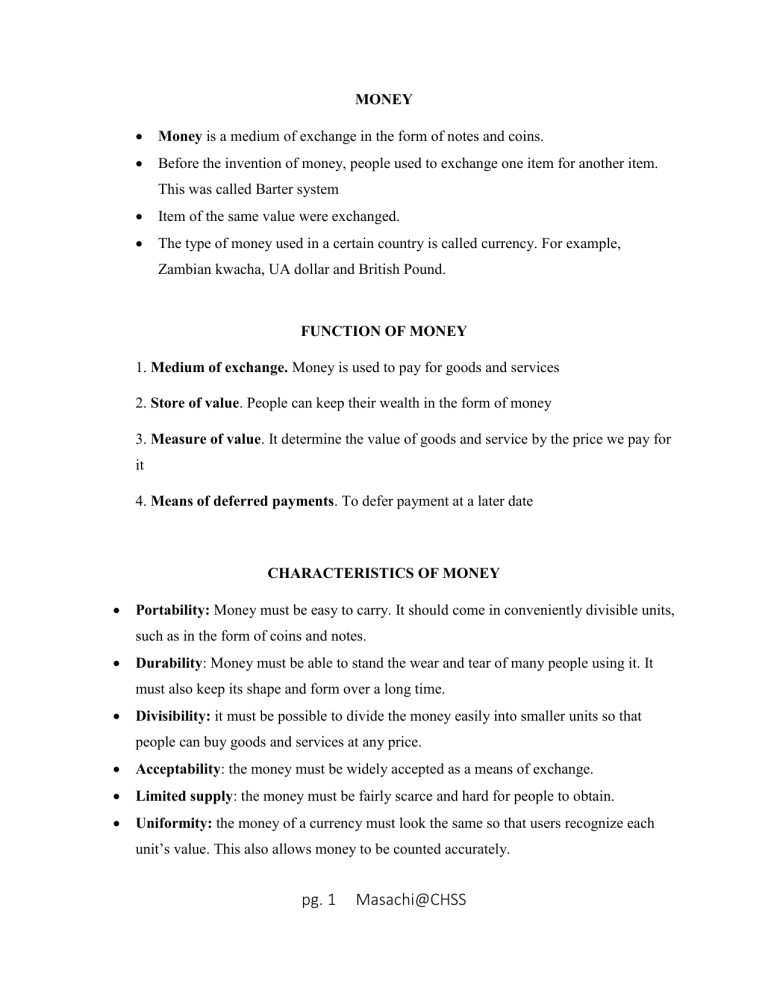
MONEY Money is a medium of exchange in the form of notes and coins. Before the invention of money, people used to exchange one item for another item. This was called Barter system Item of the same value were exchanged. The type of money used in a certain country is called currency. For example, Zambian kwacha, UA dollar and British Pound. FUNCTION OF MONEY 1. Medium of exchange. Money is used to pay for goods and services 2. Store of value. People can keep their wealth in the form of money 3. Measure of value. It determine the value of goods and service by the price we pay for it 4. Means of deferred payments. To defer payment at a later date CHARACTERISTICS OF MONEY Portability: Money must be easy to carry. It should come in conveniently divisible units, such as in the form of coins and notes. Durability: Money must be able to stand the wear and tear of many people using it. It must also keep its shape and form over a long time. Divisibility: it must be possible to divide the money easily into smaller units so that people can buy goods and services at any price. Acceptability: the money must be widely accepted as a means of exchange. Limited supply: the money must be fairly scarce and hard for people to obtain. Uniformity: the money of a currency must look the same so that users recognize each unit’s value. This also allows money to be counted accurately. pg. 1 Masachi@CHSS COUNTERFEITING Counterfeiting is the duplicating of money on a photocopier or print it on an ordinary printer. To avoid counterfeiting, the government of Zambia uses security features on bank notes, such as watermarks and security threads. SUPPLY Supply is the amount of goods or services that a seller offers for a particular price at a particular time. It is how much of the goods or service is available to buy. DEMAND Demand is the ability and willingness to pay for a particular item or service. Note: If an item is in short supply but has high demand, the price will be high. High demand + Low supply = High price. LAW OF SUPPLY AND DEMAND The law of supply and demand states that the price of an item will go down if the supply increases, or if the demand for the item decreases. High supply + Low demand =Low price. On the other hand, the price of an item will go up if the supply decreases, or if the demand for the item increases. INFLATION Inflation is a decline in the value of money. pg. 2 Masachi@CHSS CUASES OF INFLATION An increase in the money supply. It causes the value of goods to fall and the price of goods to rise. Inflation increases the cost of goods and services. When inflation occurs, you get less for your money than you used to. If the inflation spirals out of control, the currency of a country can become worthless and the economy of a country can collapse. This happened in Zimbabwe. EFFECTS OF INFLATION Inflation disrupts normal economic activities It discourages consumer spending Sometimes, it leads to strikes when workers strike for salary increment It increases business costs METHODS OF CONTROLLING INFLATION Increasing the supply of goods and services. This can be done by opening new factories and encouraging agriculture. Reducing the demand for goods by putting high taxes on luxury goods Increasing bank interest rates to discourage people from borrowing DEFLATION Deflation is a decrease in the general price level. This means that the cost of goods and services, as well as wages, decreases. CAUSES OF DEFLATION Deflation occurs when the price of goods decreases because there is a higher supply of goods than the demand for these goods. pg. 3 Masachi@CHSS EFFECTS OF DEFLATION A decrease in profit in business Closing down of business and factories as a result of decreasing profits Reduction in income for individuals MONEY LAUNDERING Money laundering means passing money that has been acquired illegally through a legal or legitimate business or bank account in order to disguise its illegal origins. In other words, money laundering is the way which criminals pretend that money from illegal sources was earned legally. TERMS AOCIATED WITH MONEY LAUNDERING i. Fraud: money laundering involves illegal means to use money from criminal activities. ii. Deceit: criminals use dishonest methods to pretend that they earned money legally iii. False pretence: money laundering relies on criminals getting away with pretending that they are operating legally. MEASURES TO CONTROL MONEY LAUNDERING In 1989 eight great nations of the world called the G8, had a summit in Paris and established a Finance Action Task Force to control drug trafficking and money laundering activities internationally. pg. 4 Masachi@CHSS AGENCIES IN ZAMBIA THAT ENURES THE MOOTH CONTROL OF OUR COUNTRY’S FINANCE i. Anti-Money Laundering Investigations Unit (AMLIU): this specialized unit falls under the Drug Enforcement Commission. Its role is to collect information from financial institutions and investigate transactions that are suspected of involving money laundering. ii. Drug Enforcement Commission of Zambia (DEC): this commission was set up in 1989 to deal specifically with issues related to drug trafficking and abuse. iii. National Task Force on Anti-Money Laundering (NTFAML): this task force works together with similar task force in other countries to coordinate activities against money laundering within Zambia and internationally. iv. Ant-Corruption commission (ACC): They investigate cases where officials in banks and other institutions are bribed by criminals to make money laundering possible. v. Zambia Police Service: The Police work together with all the other agencies in the fight against money laundering and related crimes. pg. 5 Masachi@CHSS
